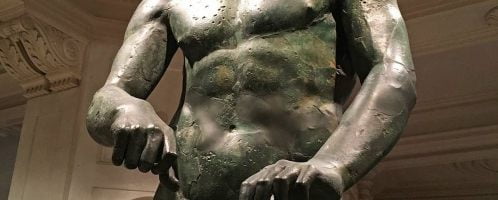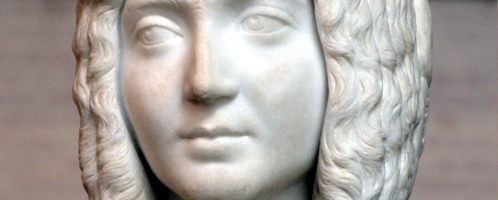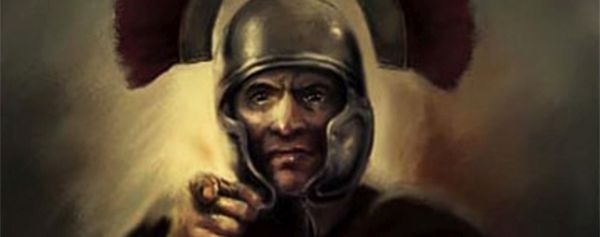If you have found a spelling error, please, notify us by selecting that text and pressing Ctrl+Enter.
Curiosities of ancient Rome
The world of ancient Romans abounded in a number of amazing curiosities and information. The source of knowledge about the life of the Romans are mainly works left to us by ancient writers or discoveries. The Romans left behind a lot of strange information and facts that are sometimes hard to believe.
Remains of colossal statue of Domitian
Remains of a colossal Roman statue depicting Emperor Domitian (reigned from 81-96 CE). It is located in the Ephesus Museum in Selçuk, Turkey.
Baths of Caracalla were largest baths in empire
The Baths of Caracalla were the largest baths in the empire. Built in 216 CE the baths could simultaneously accommodate 1,500 people. The bathing plan was as follows: upon entering, you entered the bathhouse, then into the heated tepidarium room, preparing the body for hot baths in the caldarium.
Portrait of Tiberius on cult vessel
The portrait of the Roman Emperor Tiberius (ruled 14-37 CE) is considered part of the cult vessel. It is located in the Fitzwilliam Museum in Cambridge (England).
Lovely Roman glass fish
Roman glass fish over 1,800 years old. The object is 49 mm long.
Beautiful tombstone monument showing eagle and armaments
Roman tombstone from the time of the reign of Octavian Augustus (27 BCE – 14 CE). The sculpture shows an eagle and weapons. In the past, the monument may have contained an urn with the ashes of Marcus Valerius Messalla Corvinus.
Discussion of Julia Domna and wife of Argentocoxus
Cassius Dio tells about an interesting discussion between the wife of Septimius Severus – Julia Domna, and taken captive wife of the Caledonian chieftain, Argentocoxus, which is not known from the name. The conversation was supposed to take place during the emperor’s military campaign in the north of Britain.
Interesting amulet with head of animal
An interesting find from the Roman fort of Arbeia in South Shields (North East of England). The subject shows the head of an animal, possibly either a fox or a bear. It was probably an amulet made of a jet (a type of brown coal).











